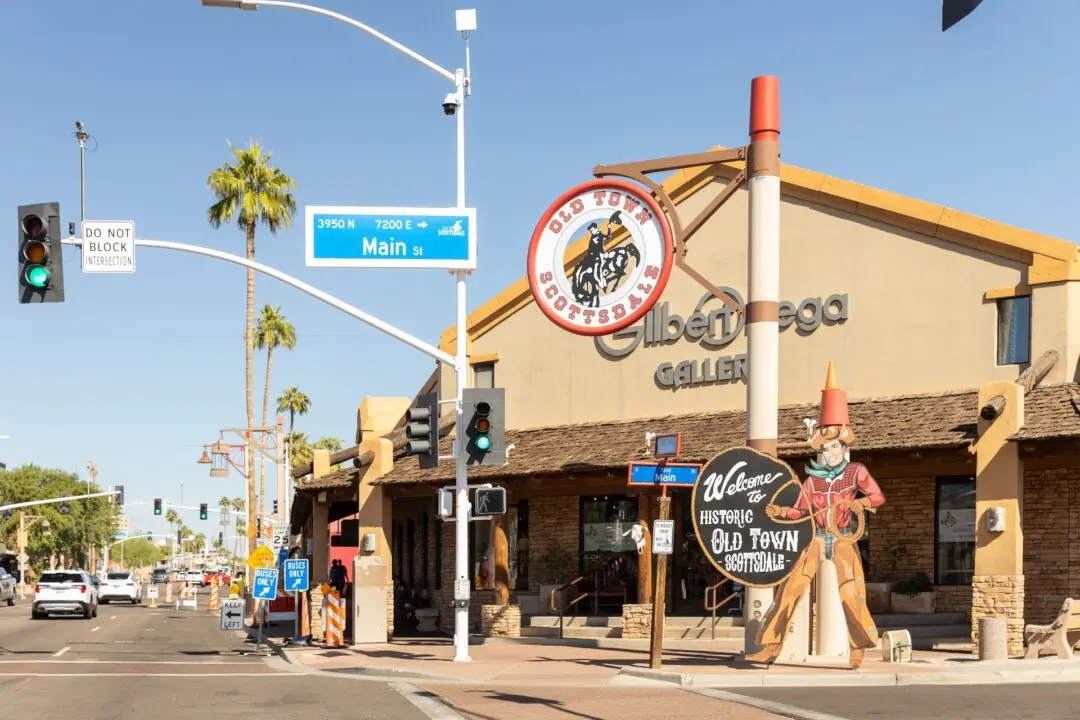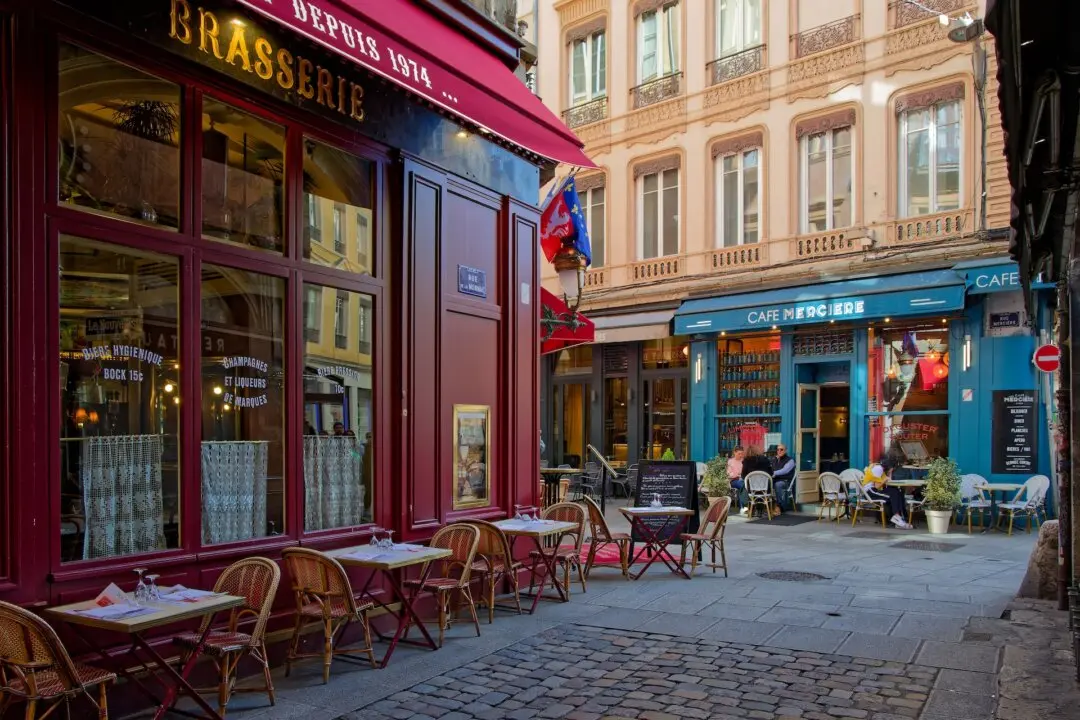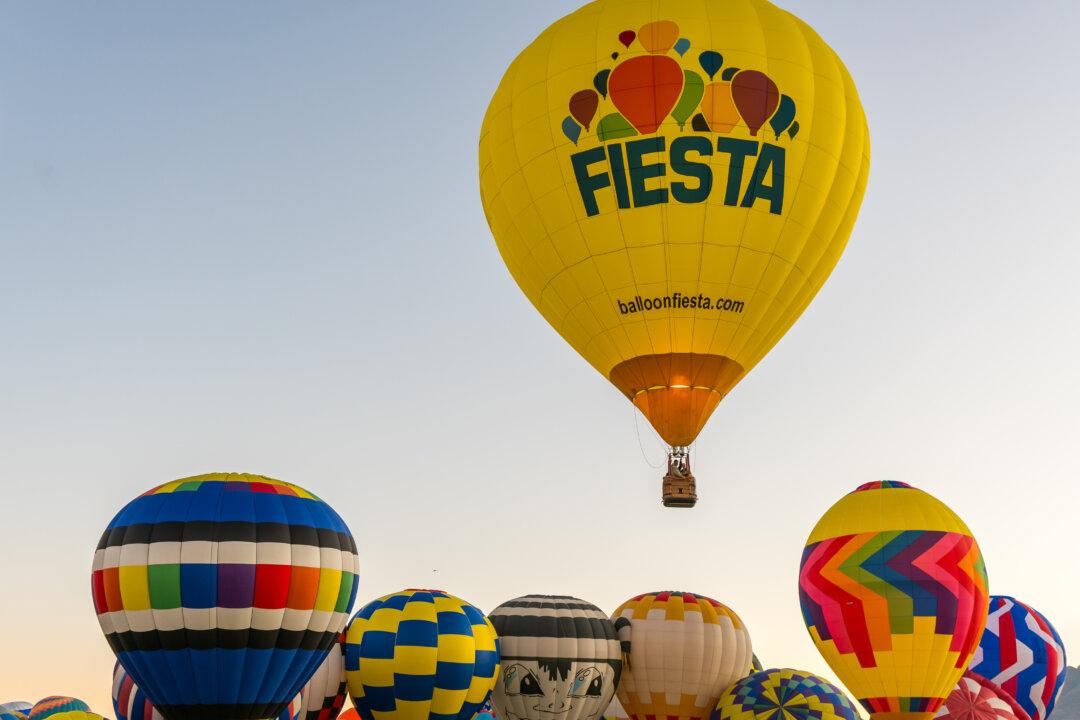When Maria Haddad wanted to honor her grandmothers’ cooking lessons, she didn’t figure on being ahead of international travel trends.
Fifteen years ago, Haddad, then just 23, and her sisters, decided to honor their memories—and those of other women in the family who had shared recipes—by starting a cooking school in what had been one of the grandmother’s homes in a picturesque Amman, Jordan, neighborhood. Welcome to Beit Sitti, which translates from Arabic to “My Grandmother’s Home.” (There is also a terrific Beit Sitti cookbook.)





